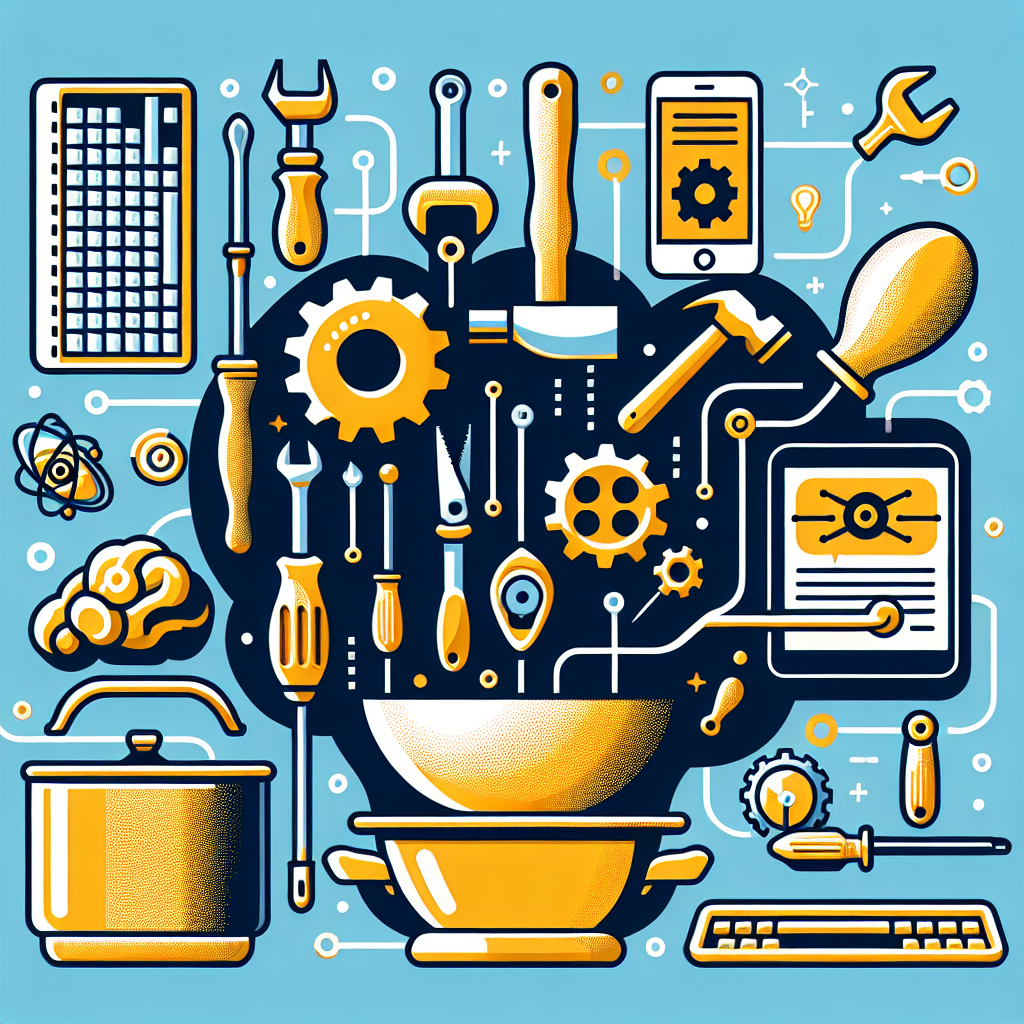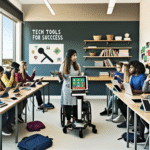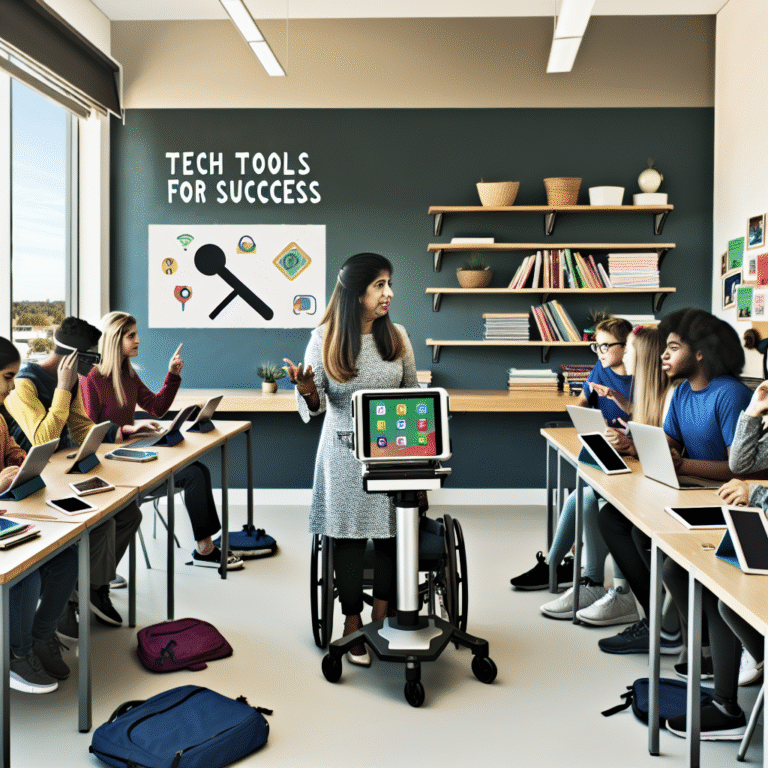
In a fast-paced world flooded with technology, the user experience is more critical than ever. This phenomenon, dubbed "Cognitive Comfort," is essential to creating tools and environments that seamlessly integrate into our daily lives. Understanding how engineering psychology shapes our everyday tools can lead us to a future where innovation meets our cognitive needs.
Introduction
Imagine sitting at your desk, poised to tackle a significant work project. You reach for your keyboard, but the keys are not responsive, or the layout is confusing, causing frustration. On the other hand, consider a situation where your tools fit intuitively in your hands, guiding your actions effortlessly. The latter scenario reflects the essence of Cognitive Comfort, a term that captures how effectively our tools engage, support, and enhance our cognitive processes.
By leveraging engineering psychology, designers can create tools that promote efficiency, reduce mental clutter, and foster innovation. In this article, we will explore the concept of Cognitive Comfort, how engineering psychology influences our interactions with everyday tools, and the implications for our work and lives.
The Foundations of Cognitive Comfort
Defining Cognitive Comfort
Cognitive Comfort can be defined as the ease with which our cognitive resources are managed in interaction with tools and environments. It incorporates several elements, including usability, accessibility, and emotional resonance. Creating Cognitive Comfort means designing tools that are not only functional but also resonate positively with users.
Engineering Psychology: The Backbone of Design
Engineering psychology is a discipline focused on understanding how humans interact with machines. It combines principles from psychology, design, and sociology to create environments and tools that cater to human needs. The synergy between these elements is vital for achieving Cognitive Comfort.
Key Principles of Engineering Psychology
User-Centric Design: Prioritizing the user’s needs and behaviors during the design process.
Affordance: The properties of an object that suggest how it should be used. For instance, a handle suggests it can be pulled.
- Feedback: Modifications that inform users about the results of their actions, enhancing their understanding and satisfaction.
Case Study: The Evolution of the Smartphone Interface
One practical illustration of Cognitive Comfort is seen in smartphone design. Early mobile interfaces were clunky, often requiring numerous steps to perform simple tasks. Brands like Apple and Google revolutionized this by introducing intuitive touch gestures and streamlined layouts. This shift emphasizes how understanding user behavior leads to interfaces that align with cognitive expectations, reducing frustration and fostering a smoother experience.
The Role of Cognitive Load in Tool Design
What is Cognitive Load?
Cognitive Load refers to the amount of mental effort being used in the working memory. When tool design increases Cognitive Load, it can lead to diminished performance and user satisfaction.
Types of Cognitive Load
Intrinsic Load: The complexity of the information presented.
Extraneous Load: The way information is presented, which can often be avoided through thoughtful design.
- Germane Load: The effort devoted to processing, understanding, and organizing information.
Minimizing Cognitive Load Through Design
To reduce Cognitive Load, designers can employ elements of simplicity, consistency, and clarity. These elements align with the principles of engineering psychology. For example, Google’s search engine interface exemplifies minimalistic design—providing essential functionalities without overwhelming users with extraneous information.
Case Study: Navigation Systems
Consider the case of GPS navigation systems, which have evolved significantly over time. Early models often presented users with cluttered screens filled with unnecessary information. However, modern systems now feature simplified interfaces that focus on essential data—like turn-by-turn directions and estimated time of arrival—thereby minimizing Cognitive Load.
Designing for Emotional Engagement
The Influence of Emotion on Usability
Cognitive Comfort isn’t solely about functional design; emotional aspects play a crucial role. Users are more likely to engage with tools that elicit positive feelings, enhancing their overall experience and satisfaction.
Leveraging Aesthetics
Using appealing aesthetics in tool design enhances emotional engagement. Research shows that visually pleasing interfaces can improve user satisfaction and encourage extensive use.
Case Study: Video Game Design
The gaming industry consistently demonstrates the significance of emotional engagement. Games like "The Legend of Zelda" masterfully use captivating visuals, compelling narratives, and intuitive controls to create an immersive experience. By tapping into user emotions, they effectively enhance Cognitive Comfort, creating a loyal player base.
Integrating Accessibility in Design
The Importance of Accessibility
Inclusivity in design is fundamental for achieving Cognitive Comfort for all users. Tools must accommodate diverse needs, including those with disabilities.
Universal Design Principles
Universal design advocates for creating products that are usable by all people, to the greatest extent possible. Key principles include equitable use, flexibility, and perceptible information.
Case Study: The Accessibility of Office Software
Software companies like Microsoft Office have introduced features like screen readers, keyboard shortcuts, and voice commands to cater to users with disabilities. These adaptations enhance Cognitive Comfort for all, demonstrating the power of engineering psychology in creating accessible tools.
The Future of Cognitive Comfort in Design
Emerging Technologies
As technology progresses, Artificial Intelligence and Machine Learning will shape tools that learn and adapt to user behavior. Such innovations have the potential to enhance Cognitive Comfort greatly.
Thoughts on Smart Homes
Smart home devices—like voice-activated assistants—aim to provide Cognitive Comfort by allowing users to interact naturally with technology. These interfaces utilize natural language processing (NLP) to minimize confusion, thereby increasing usability.
Case Study: The Smart Thermostat
Devices like the Nest Thermostat illustrate this trend. They learn user behaviors over time, making automatic adjustments that increase comfort and efficiency. The intuitive design not only simplifies user interaction but also provides a seamless experience that promotes Cognitive Comfort.
Conclusion
Cognitive Comfort is not just a buzzword; it is a crucial element for the future of design in our world. As we strive for tools that provide efficiency and satisfaction, the principles of engineering psychology offer illuminating insights into better understanding user needs. By embracing these designs, we can create environments where technology effortlessly integrates into our lives, enhancing both productivity and satisfaction.
As we advance toward a world where human-centered design becomes prototypical, let us advocate for Cognitive Comfort as a guiding philosophy in tool design. Through user-friendly interfaces and proactive accessibility measures, we can cultivate an environment that not only meets our functional needs but also resonates on an emotional level.
FAQs
1. What does Cognitive Comfort mean?
Cognitive Comfort refers to the ease with which we interact with tools and environments, emphasizing usability, accessibility, and emotional resonance.
2. How does engineering psychology contribute to tool design?
Engineering psychology utilizes principles of human behavior to create tools that align with our needs, enhancing usability and overall satisfaction.
3. How can I improve my workspace for better Cognitive Comfort?
Focus on ergonomics, minimize distractions, and choose tools with user-friendly designs that promote ease of use.
4. Why is emotional engagement important in tool design?
Emotional engagement enhances user satisfaction and encourages active participation with tools, leading to increased usability and effectiveness.
5. What role does accessibility play in Cognitive Comfort?
Accessibility ensures that tools are usable by everyone, catering to diverse needs and enhancing overall user experience.
Cognitive Comfort: How Engineering Psychology Shapes Our Everyday Tools will remain a guiding mantra in our endeavors to create future technologies that not only serve functional roles but also resonate with human emotional needs. Architects of design—be they technologists, engineers, or psychologists—must work in concert to envision a world where tools underpin human potential, guiding us toward a brighter tomorrow.

















